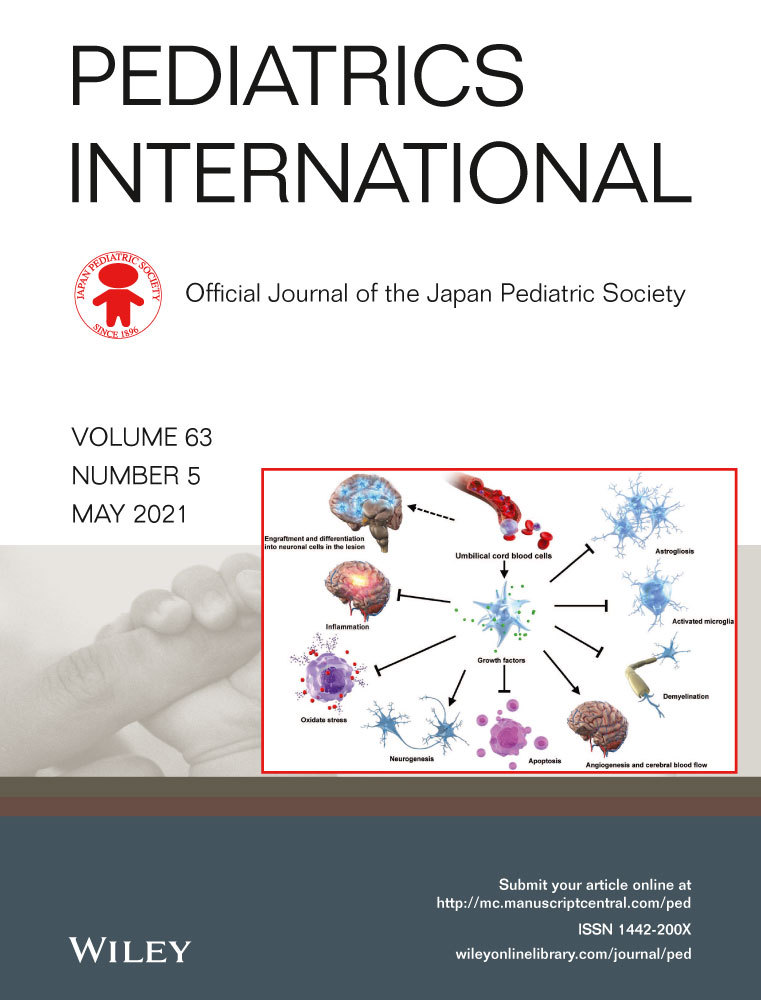Dog bite injuries in a tertiary care children's hospital: A seven-year review
Abstract
Background
Dog bites are a major cause of traumatic injury in children. The aim of this study was to determine the experience, management, and outcome of dog bite injuries in our department.
Methods
We retrospectively reviewed the clinical records for 127 patients (mean age 7.15 ± 4.24 years, range 1 to 17 years; 68 males) affected by dog-related injuries, from 2012 to 2018. Characteristics of patients and dogs, type and severity of injuries, circumstances of the accidents, treatment and outcome were analyzed.
Results
Of 141 wounds, 73 (51.8%) affected the head and neck, 62 (44%) the limbs, and six (4.2%) affected the trunk. According to the Mcheik classification, 107 lesions (75.9%) were stage 1, 26 (18.4%) stage 2, and eight (5.7%) stage 3. Seventy-eight percent of the cases involved known dogs. The breed of the dog was recorded in 62/127 cases (48.8%) and the most common were mongrels (23/62, 37.1%). Seventy-five percent of the attacks occurred during spring and summer. All patients underwent antibiotic prophylaxis and immediate surgical repair. Wound infection was observed in two patients. Three unsightly scars required rectification, with good cosmetic results in all cases.
Conclusions
Our results are consistent with previous data showing that the typical dog-related injury occurs from a known dog, during spring and summer, and in younger boys, who are frequently exposed to head and neck wounds. Our experience showed the feasibility and safety of primary repair and antibiotic prophylaxis in all patients, with very low incidence of infection and good cosmetic results.
Disclosure
The authors declare no conflict of interest.




